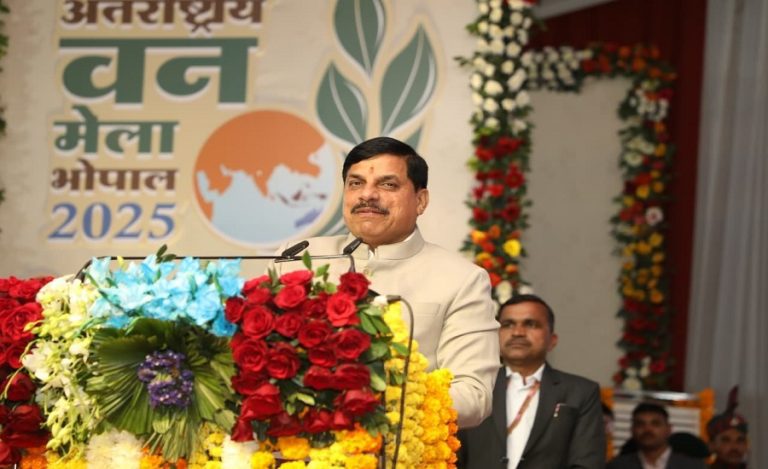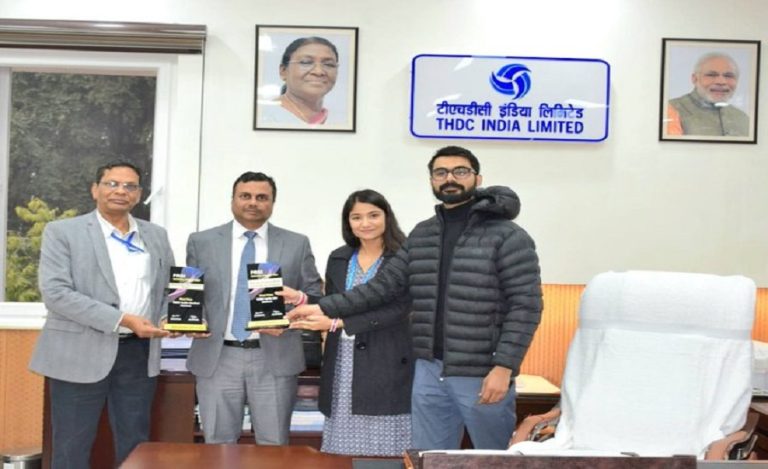New Delhi: In a landmark announcement, India’s Indian Space Research Organisation (ISRO) has confirmed its next ambitious mission to Mars — the Mangalyaan‑2. Set for launch in 2030, this campaign aims not just to orbit Mars, as India’s first mission did, but to go a step further and achieve a soft landing on the Red Planet. If ISRO will be successful then it will be a major boost to Atmanirbhar Bharat mission.
Background of the Mangalyaan-2 Mission
India made global headlines in 2013-14 when its first Mars mission, the Mars Orbiter Mission (MOM, also known popularly as “Mangalyaan”), successfully inserted itself into Mars orbit. This success established India as the first Asian nation to reach Mars orbit on its maiden attempt.
Read also: HAL to Build and Operate SSLV: Signs Key Technology Transfer Pact with ISRO, IN-SPACe & NSIL
With that record in hand, ISRO’s leadership has now set their sights higher. Instead of just orbiting Mars, the next mission will attempt to land and explore the Martian surface. The idea has been discussed for several years and now has official confirmation.
What’s New with Mangalyaan-2 Mission
Launch year & ambition: ISRO Chairman Dr V. Narayanan confirmed that Mangalyaan-2 will be launched in 2030.
Unlike the first mission which was an orbiter, Mangalyaan-2 is expected to carry multiple components: an orbiter, a lander, and possibly a small rover.
Technical roadmap: The mission is reportedly being developed with completion scheduled between 2028-2030, as per Director Nilesh M Desai of ISRO’s Space Applications Centre.
Work has already begun on the spacecraft’s platforms, descent mechanisms (parachutes, motorised lander), and long-duration cruise stage to Mars.
Importance of Mangalyaan-2 mission
- Making a soft landing on Mars is a major technological leap: only a handful of countries have achieved this so far. Mangalyaan-2 would place India among that elite group.
- The mission will expand India’s ability in interplanetary exploration, signalling that ISRO is moving from orbit-insertion tasks to full surface exploration.
- For India’s scientific community and national pride, this mission is a strong statement: from reaching orbit to walking the planet.
Mangalyaan-2 Mission Timeline & Key Milestones
- 2025: Announcement and confirmation of mission name and launch target.
- 2028-2030: Mission development completion window as stated by ISRO Director Nilesh M Desai.
- 2030: Targeted launch of Mangalyaan-2. After 10 months or so of cruise, craft expected to arrive at Mars.
- Surface operations: The lander/rover (if included) will carry out initial surface studies — atmosphere, minerals, dust dynamics — potentially in collaboration with orbiter instruments.
Challenges and Considerations
- Mars landing is notoriously difficult: thin atmosphere, complex descent, unknown terrain. ISRO will need to manage entry, descent and landing (EDL) with high precision.
- Budgetary, technological and logistic constraints will be significant. However, ISRO has built a strong track record with cost-effective missions.
- International cooperation and data sharing may help; however the mission also signals India’s desire to rely on its indigenous capabilities.
How It Aligns with India’s Space Strategy
Mangalyaan-2 fits into India’s broader space ambition — not just satellite launches, but exploration of other planets, human spaceflight, and global leadership in the domain. With multiple missions planned by 2026 and beyond, ISRO is broadening its portfolio.
Landing on Mars would be a flagship achievement that strengthens India’s reputation in space science, international collaboration, and inspires future generations.



























